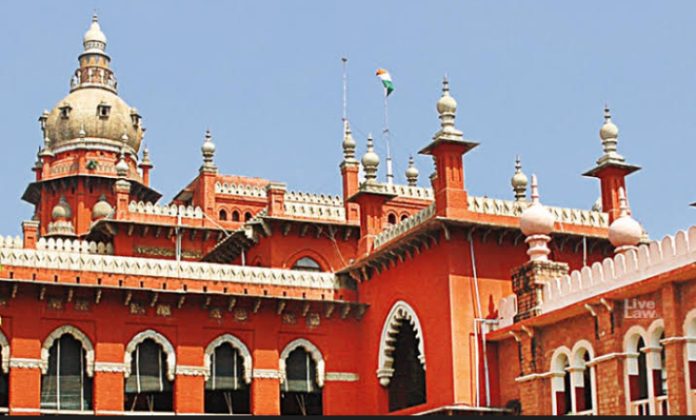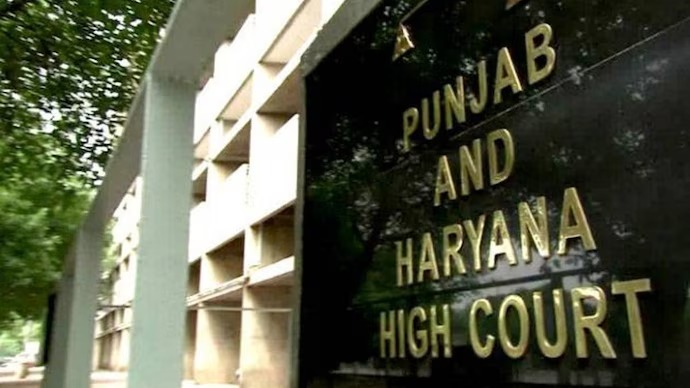Sudhindra Mohan Guha, J.@mdashThe question as referred to this court in the present reference is as follows :
" Whether, on the facts and in the circumstances of the case, fees of Rs. 21,137 paid for revaluation of the assets by the assessee-company was rightly allowed by the Tribunal as a deduction u/s 10(2)(xv) of the Indian Income Tax Act, 1922? "
2. The assessment relates to the year 1961-62 for which the relevant previous year ended on March 31, 1961.
3. The assessee-company was a manufacturer of oxygen and acetylene gas. It claimed an expenditure of Rs. 21,137 representing the fees paid by it to M/s. Talbot & Co., Calcutta, in respect of their professional services of making a valuation report of the fixed assets of the company. The ITO disallowed the claim holding the claim to be of capital nature. In appeal before the AAC, it was argued on behalf of the assessee that as a result of revaluation of the assets of the assessee-company for which the payment was made, no asset or advantage of an enduring benefit had come into existence and the only purpose of the revaluation was to improve the credit-worthiness of the company so that it could obtain loans for the purpose of its business without difficulty or inconvenience. The AAC did not accept the argument of the assessee. But at the same time he made a reference to the report of the directors dated May 1, 1961, to the shareholders of the assessee-company. Therein, it was stated :
" The value of the fixed assets of the company as appearing in the balance-sheet was disproportionate to their present day valuation and the directors, therefore, considered it fair that these assets may be revalued by expert valuers to bring them in line with the present day valuation in the balance-sheet. The result of this has been an increase in the fixed assets valuation to the extent of Rs. 26,96,000, which has been debited to the fixed assets and a capital reserve to this extent has been credited in the balance-sheet."
4. But the AAC opined that these affected the capital structure of the company and, therefore, the expenditure incurred for the same had been secured by the assessee on the hypothecation of its stocks and the valuation of its fixed assets had nothing to do with the obtaining of the loan from the banks. The order passed by the ITO was, accordingly, confirmed.
5. The assessee came in further appeal to the Tribunal. The arguments made before the AAC were reiterated before the Tribunal on behalf of the assessee. On behalf of the department, however, it was contended that the expenditure was clearly not incurred for the day to day operational activities of the assessee and related to the capital structure of the company and was, therefore, capital in nature.
6. The Tribunal, however, on a consideration of the arguments advanced by both the parties, came to the conclusion that the expenditure was clearly revenue in nature. According to it, the assessee had not acquired any new capital asset through the process of revaluation. No advantage of any enduring nature was also obtained by this process. The assets and liabilities of the assessee continued to remain the same except that their valuation was shown at higher figures in the books of account. So, such an expenditure, in the opinion of the Tribunal, could not be categorised as capital expenditure, and deleted the addition.
7. On behalf of the revenue, the decision of the Division Bench of this court in the case of
" '' When'', he said, ''an expenditure is made, not only once and for all, but with a view to bringing into existence an asset or an advantage for the enduring benefit of a trade,...there is very good reason (in the absence of special circumstances leading to an opposite conclusion) for treating such an expenditure as properly attributable not to revenue but to capital''. To a certain extent this proposition was founded on what Scrutton L.J. had said in the same case in the Court of Appeal and it had been anticipated by Rowlatt J. in Ounsworth v. Victors Ltd. [1915] 3 KB 267; 6 TC 671 (KB). But it was the first full statement of the whole principle and it has since served as the basic text of the rule, subsidiary propositions being added from time to time by way of explanation or commentary. Thus, with reference to ''enduring benefit'', Rowlatt J., said in the case of Anglo-Persian Oil Co. v. Dale [1932] 1 KB 124; 16 TC 253 (CA) that the benefit must endure in the way that fixed capital endures and not in the sense that for a good number of years it relieves the business of a revenue payment. This interpretation of ''enduring benefit'' has been universally accepted and approving of it in the same case in the Court of Appeal, Romer L.J. said that the benefit secured to the business must be a capital benefit. ''Enduring'', however, it was explained by the Parcq L.J., in the case of
8. Again a reference was made in this very decision to an Australian case of Sun Newspapers Ltd. and Associated Newspapers Ltd. v. Federal Commissioner of Taxation [1938] 61 CLR 337. It was held that though no material asset was acquired and the payment was made while carrying on business to safeguard the profits by securing monopoly and preventing competition, the outlay was capital expenditure because apart from other reasons it concerned the reinforcement of profit-yielding subject, the instrument for earning profits and was not concerned with the use or employment of that instrument for the profit-earning purpose. It is argued by Mr. B.K. Bagchi, relying on this decision, that in this very case no material asset was acquired. So the deduction was rightly refused by the AAC. It is true that no material asset was acquired, but the expenditure was made with a definite purpose. This case could be very well distinguished from the facts and circumstances of the case in hand.
9. The Supreme Court considered the distinction between capital expender ture and revenue expenditure in an appeal from the decision of the Calcutta High Court in the case of
"In cases where the expenditure is made for the initial outlay or for extension of a business or a substantial replacement of the equipment, there is no doubt that it is a capital expenditure. A capital asset of the business is either acquired or extended or substantially replaced and that outlay whatever be its source whether it is drawn from the capital or the income of the concern is certainly in the nature of capital expenditure. The question, however, arises for consideration where the expenditure is incurred while the business is going on and is not incurred either for extension of the business or for the substantial replacement of its equipment. Such expenditure can be looked at either from the point of view of what is acquired or from the point of view of what is the source from which the expenditure is incurred. If the expenditure is made for acquiring or bringing into existence an asset or advantage for the enduring benefit of the business it is properly attributable to capital and is of the nature of capital expenditure. If, on the other hand, it is made not for the purpose of bringing into existence any such asset or advantage but for running the business or working it with a view to produce the profits it is a revenue expenditure."
10. Next reference is made to another decision of the Supreme Court in the case of
" The character of the payment can be determined, it was added, by looking at what is the true nature of the asset which has been acquired and not by the fact whether it is a payment in a lump sum or by instalments. It is also an accepted proposition that the words ''permanent'' and ''enduring'' are only relative terms and not synonymous with perpetual or everlasting."
11. In the case of
"If the expenditure is made for acquiring or bringing into existence an asset or advantage for the enduring benefit of the business it is properly attributable to capital and is of the nature of capital expenditure.
If, on the other hand, it is made not for the purpose of bringing into existence any such asset or advantage but for running the business or working it with a view to produce the profits it is a revenue expenditure."
12. Next reference is made to the decision of the Madras High Court in the case of
13. The Himachal Pradesh High Court again in the case of Mohan Meakin Breweries Ltd. v. CIT (No. 2) [1919] 117 ITR 505 , while distinguishing capital and revenue expenditure, reiterated the principles discussed above.
14. This court again in the case of
15. The Bombay High Court had also occasion to consider the question of onus in the case of
16. In the case of
17. Before the authorities below on behalf of the assessee reliance was placed on the decision of the Supreme Court in the case of
18. It is further held that where there is no express prohibition, an outgoing, by means of which the assessee, procured the use of a thing, by which he makes profit, is deductible from the receipts of the business to ascertain the taxable income. The loan obtained cannot be treated as an asset or an advantage for the enduring benefit of the business of the assessee. Reference is also made to the decision of the Supreme Court in the case of
19. Last of all, a reference may be made to the decision of the Kerala High Court in the case of
20. On a consideration of the decisions discussed above, it appears that in order to find out the distinction between capital and revenue expenditure, it is to be seen whether the expenditure would bring into existence an asset or advantage for the enduring benefit of a business. In the present case, the assessee did not appear to have acquired any new capital asset at all. But, only the existing assets were valued afresh and in the books of account the valuation was shown at higher figures for the purpose mainly to display the financial position of the assessee in a better way so that it may facilitate the carrying on of the business more efficiently and smoothly.
21. In the above premises, we hold that the Tribunal was perfectly justified in holding the expenditure in question as revenue in nature and as such deductible u/s 10(2)(xv) of the Indian I.T. Act, 1922, and, accordingly, we answer the question in the affirmative and in favour of the assessee.
22. There will, however, be no order as to costs.
Sabyasachi Mukharji, J.
23. I agree.

